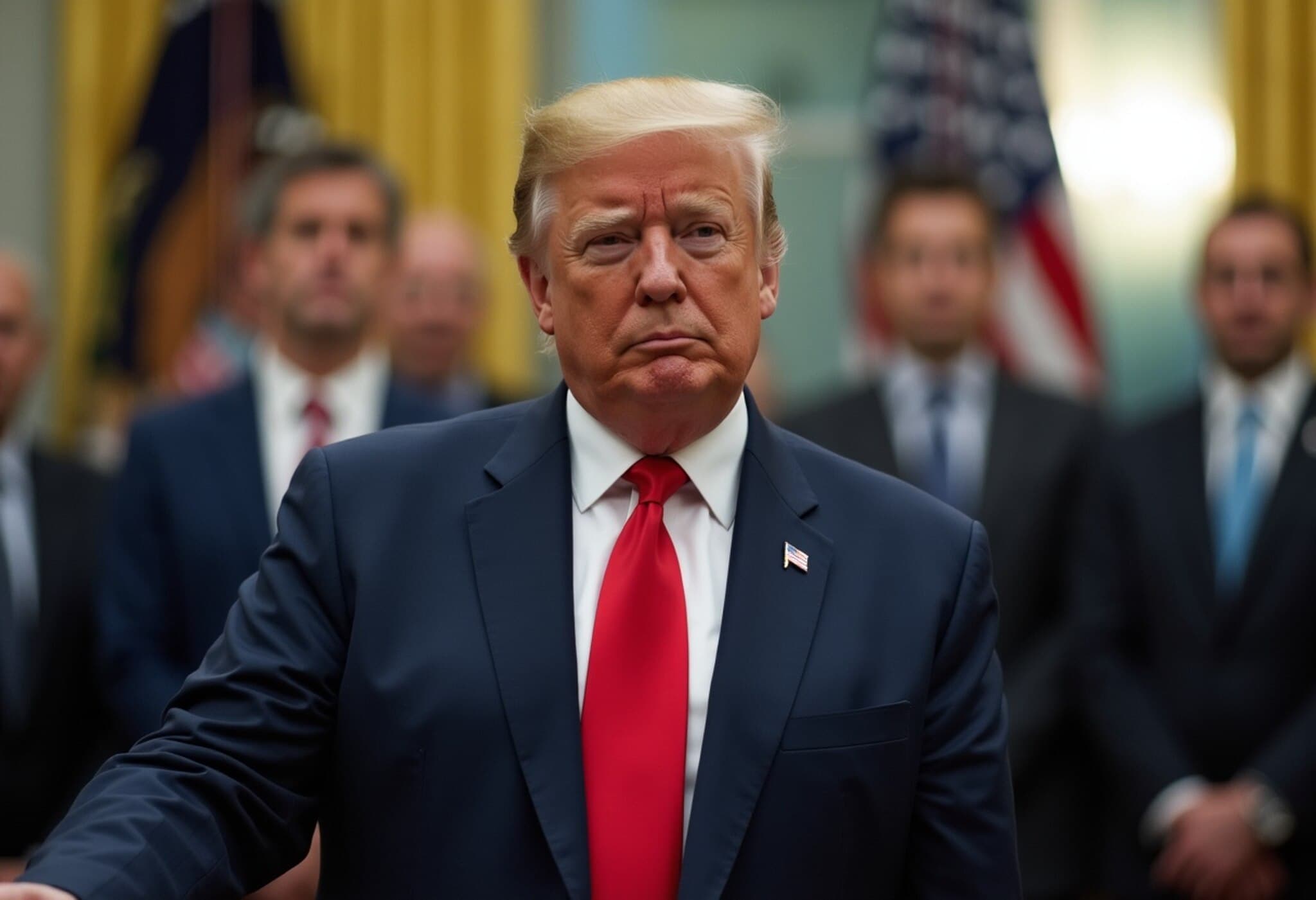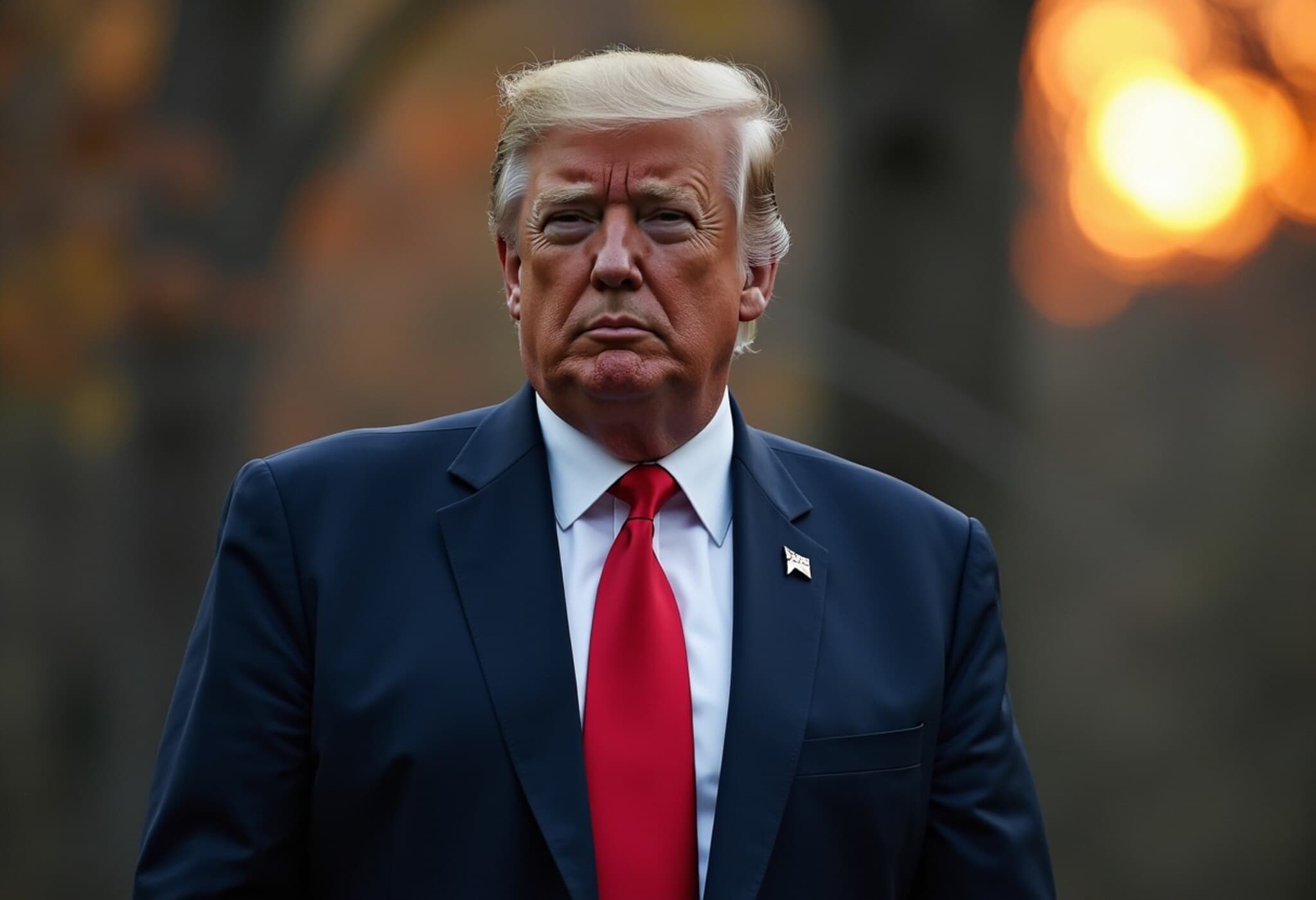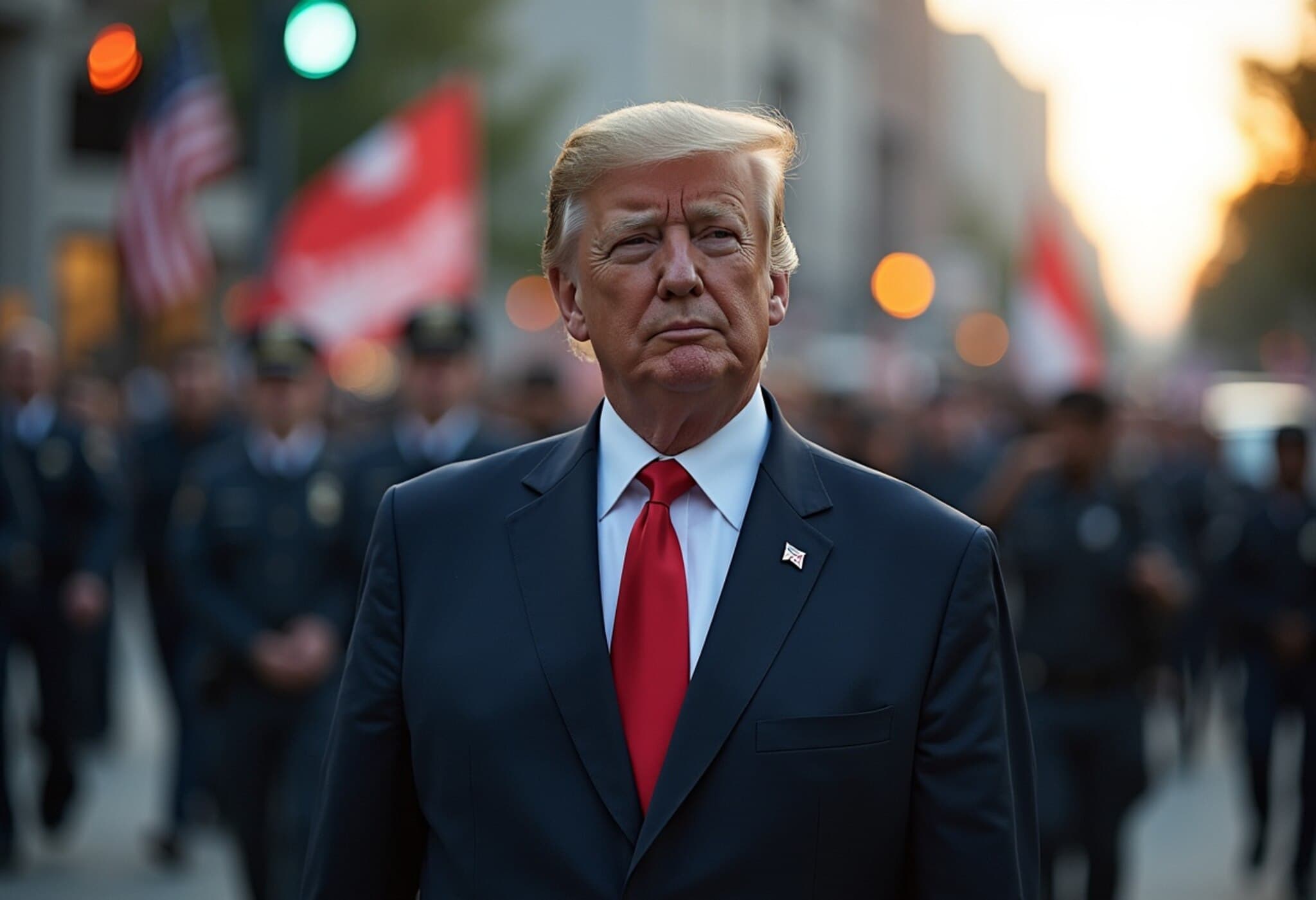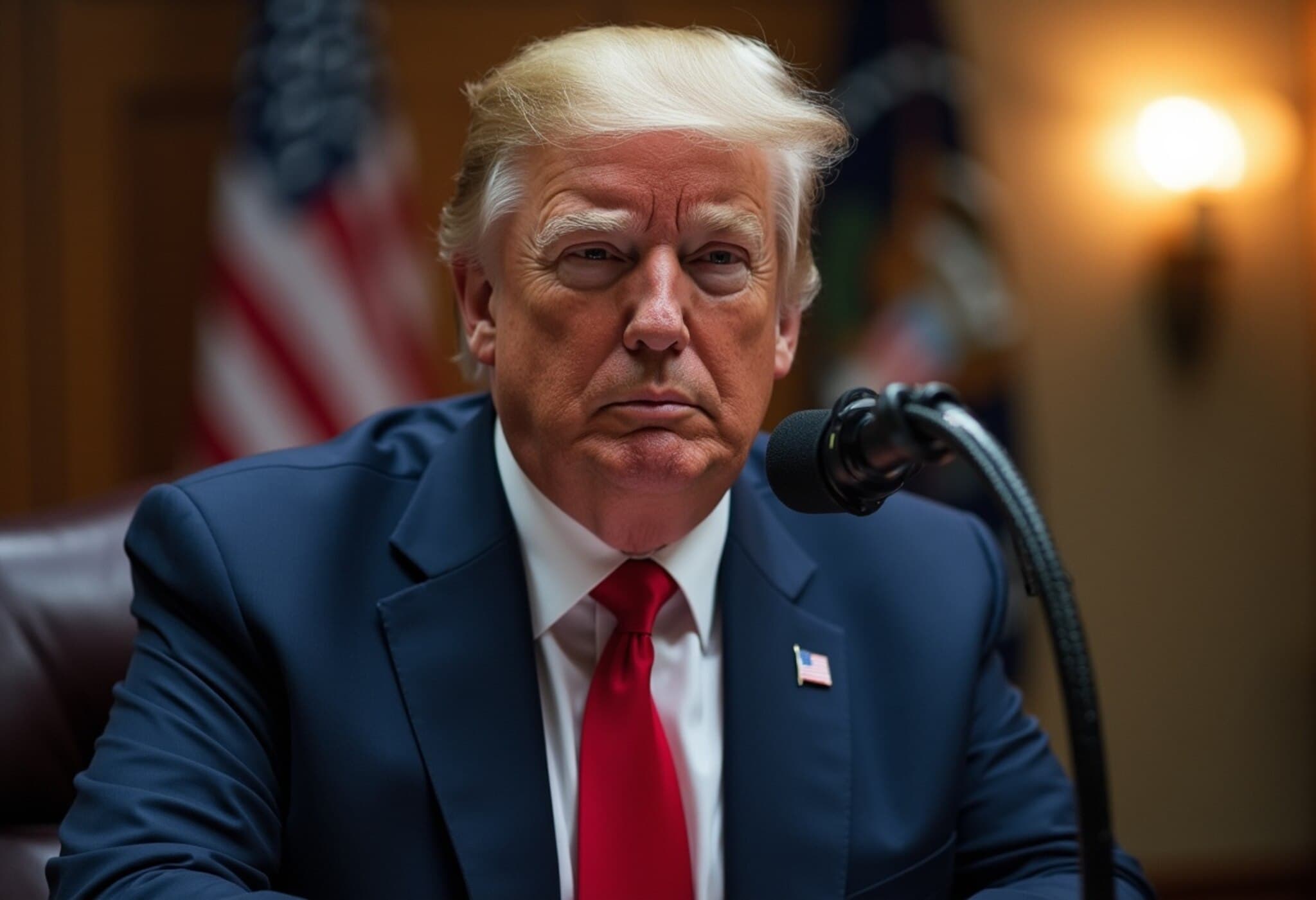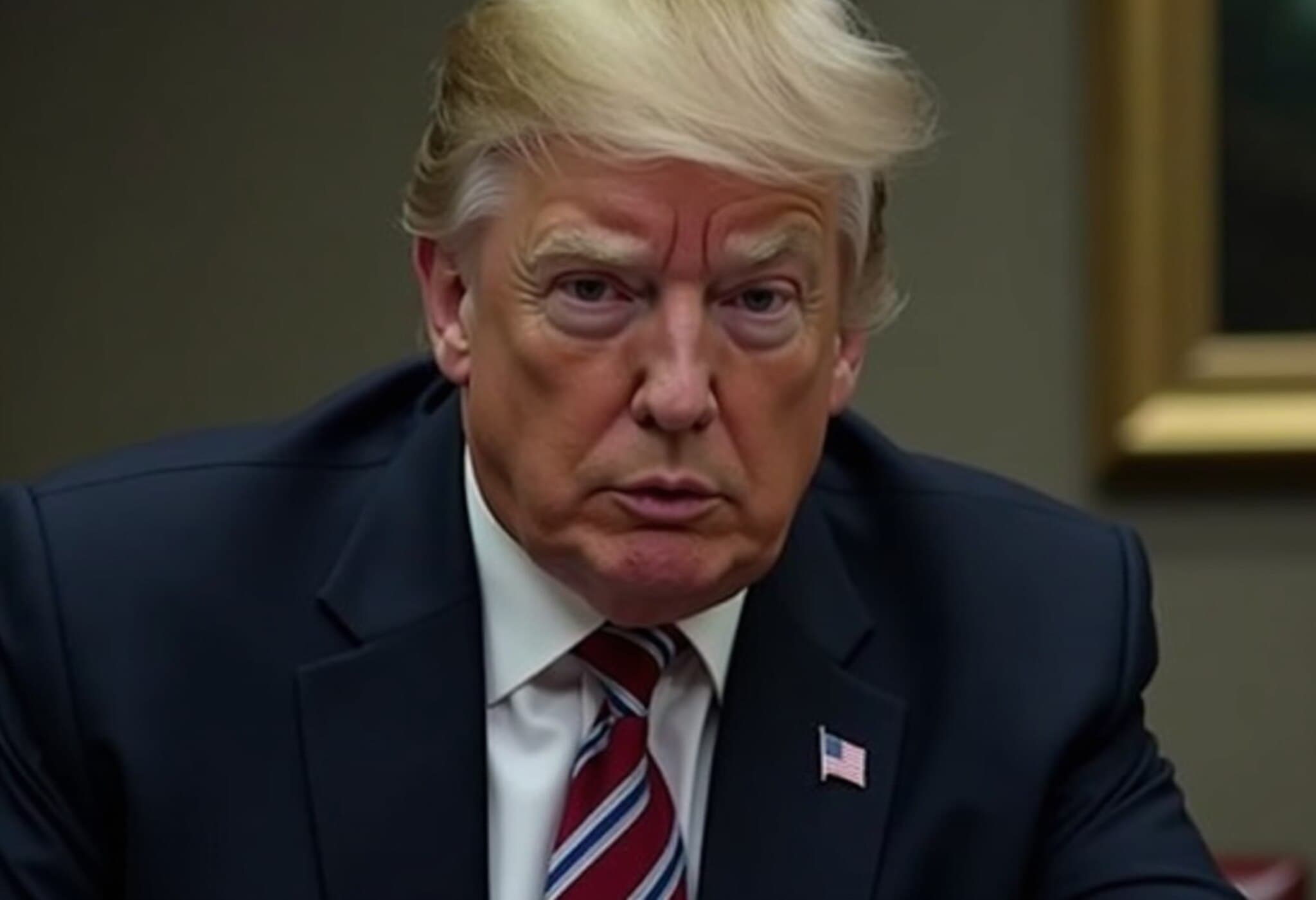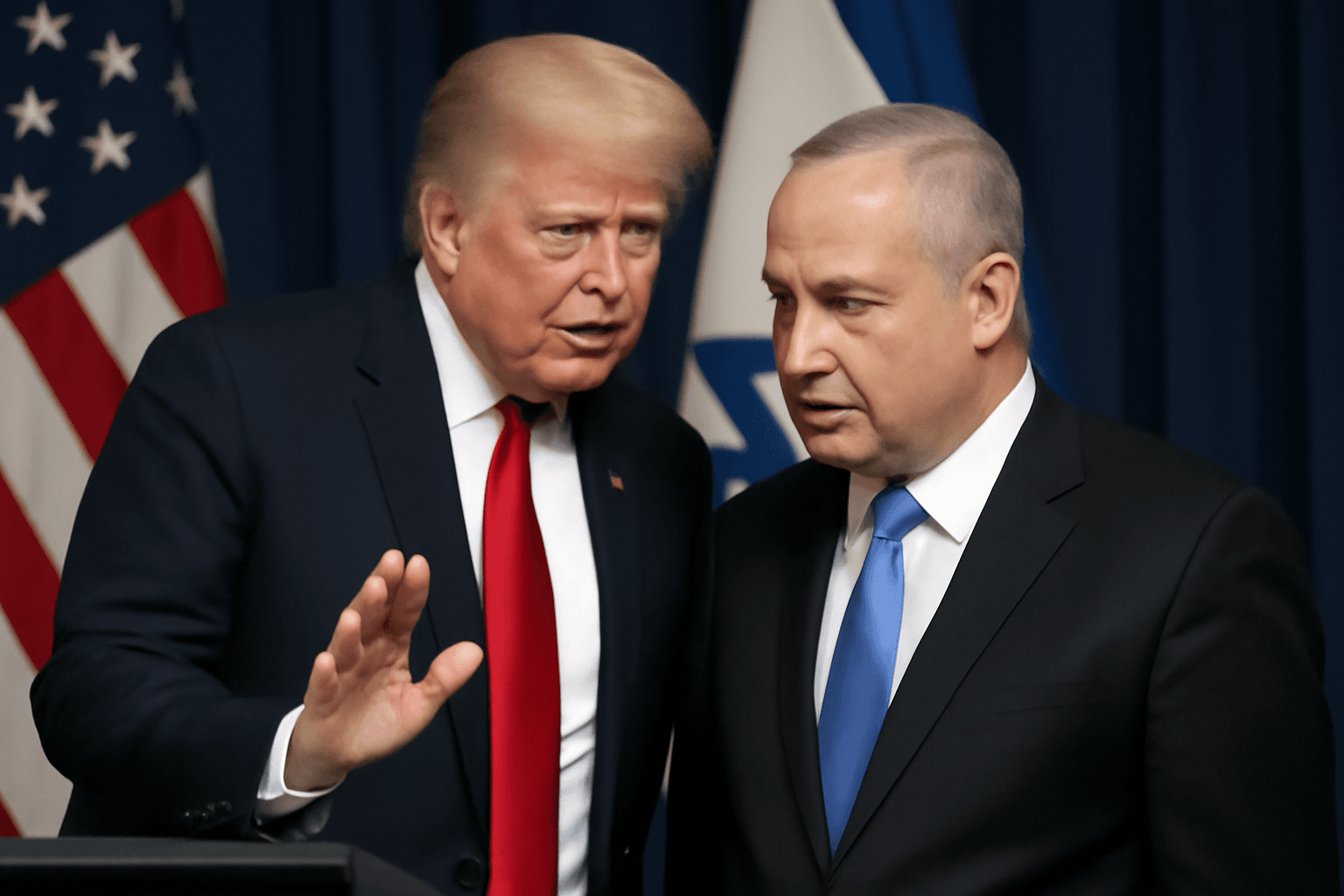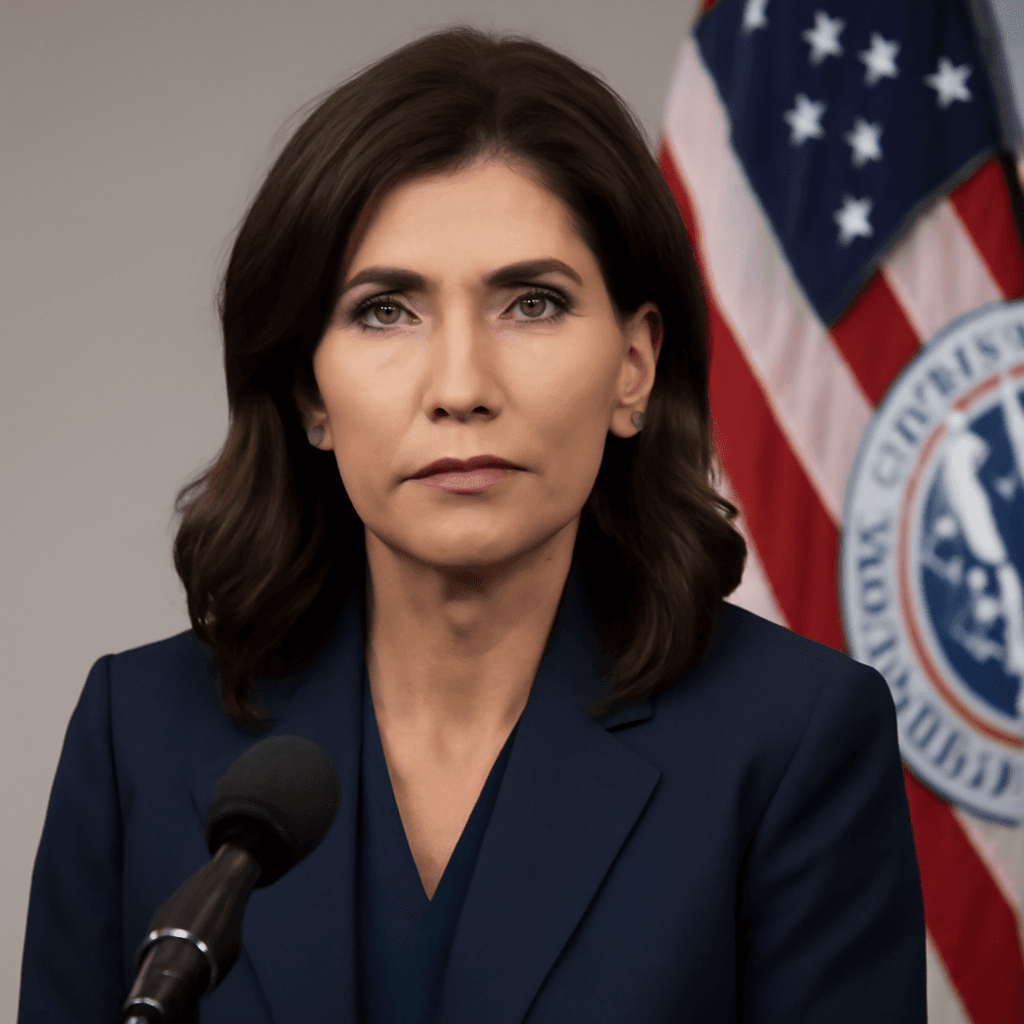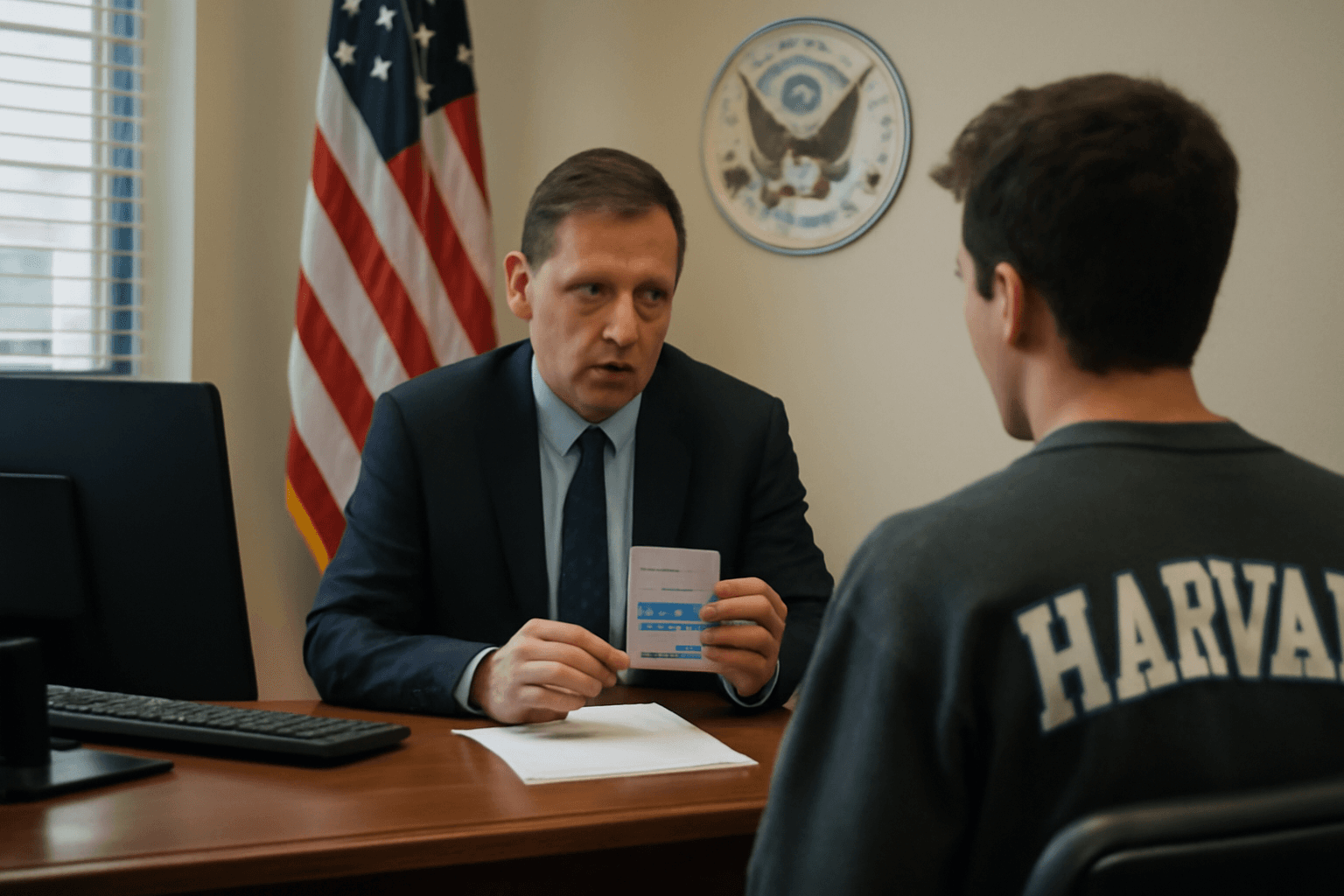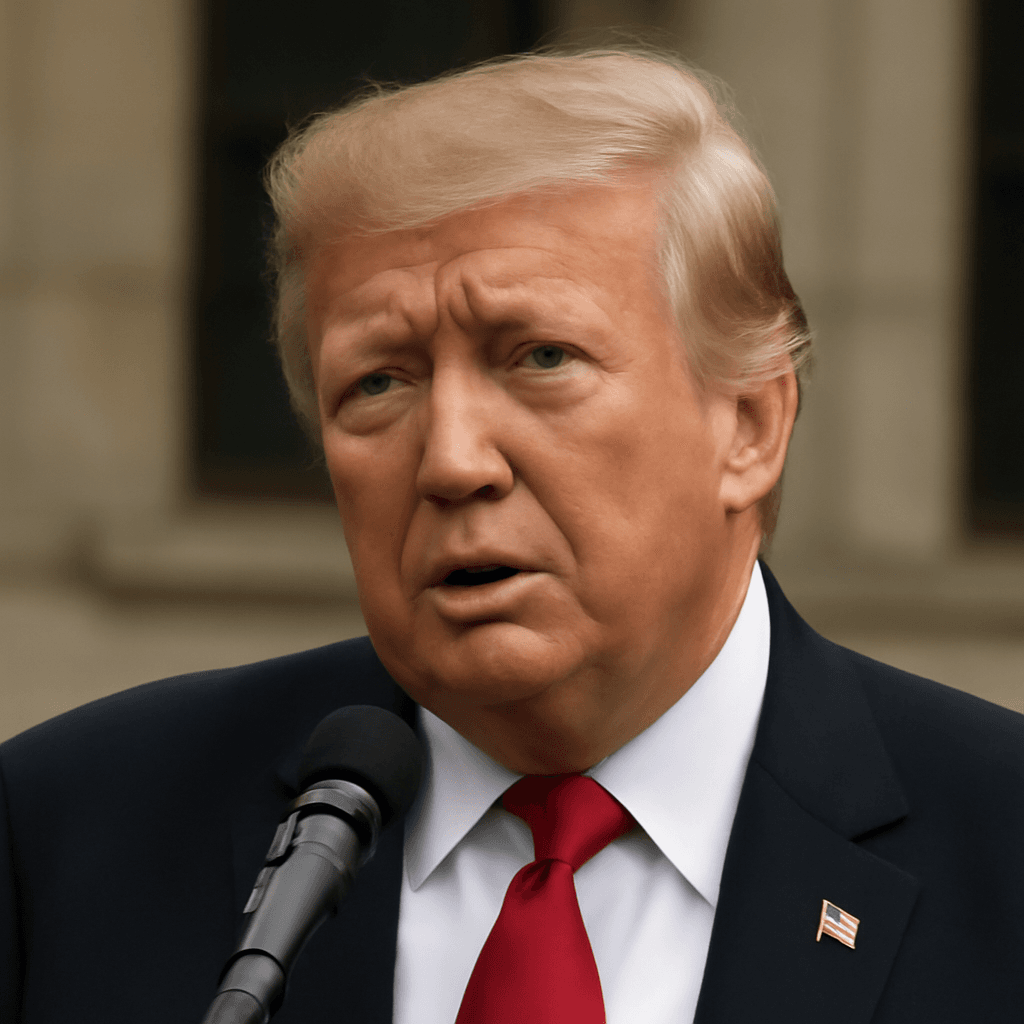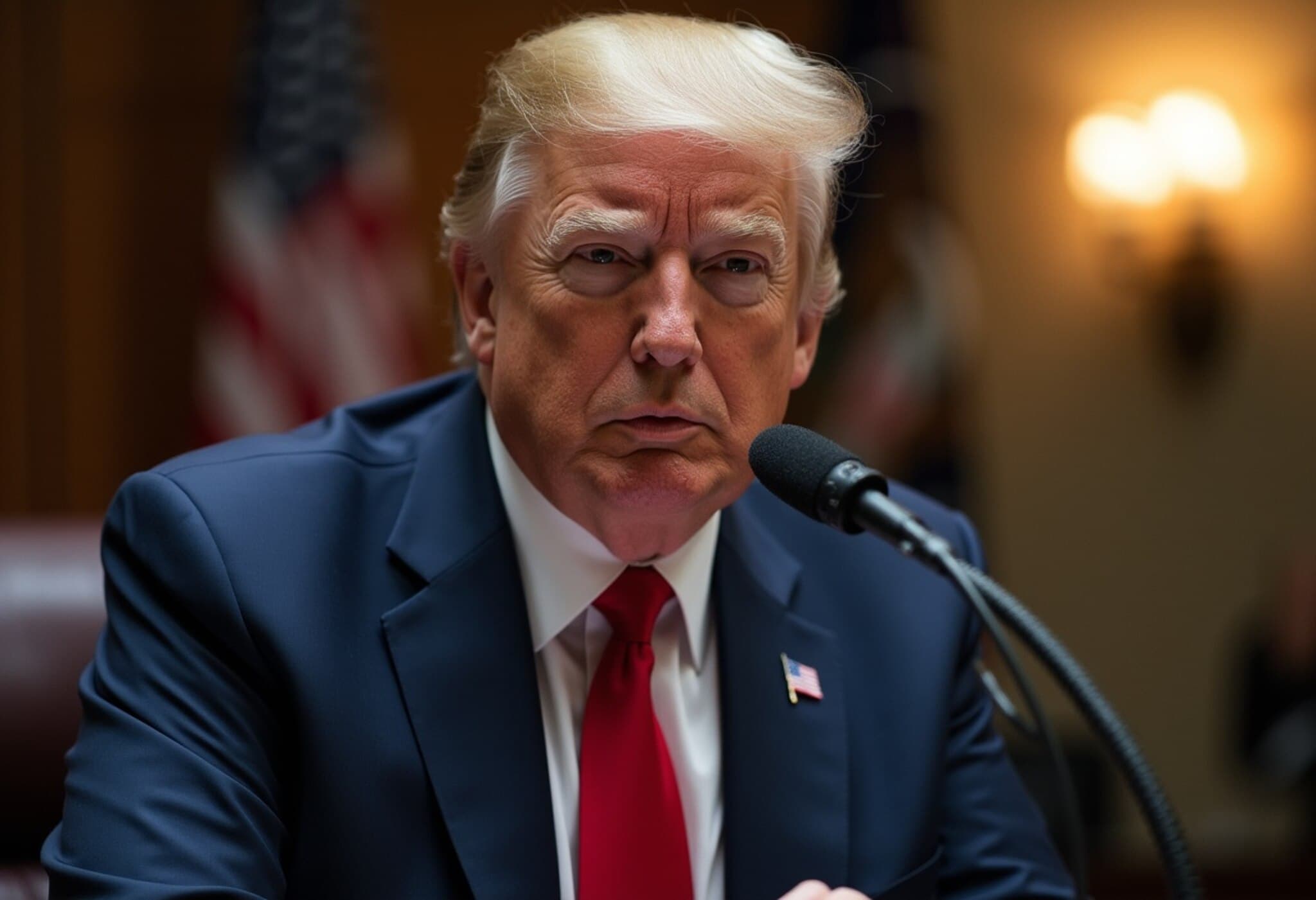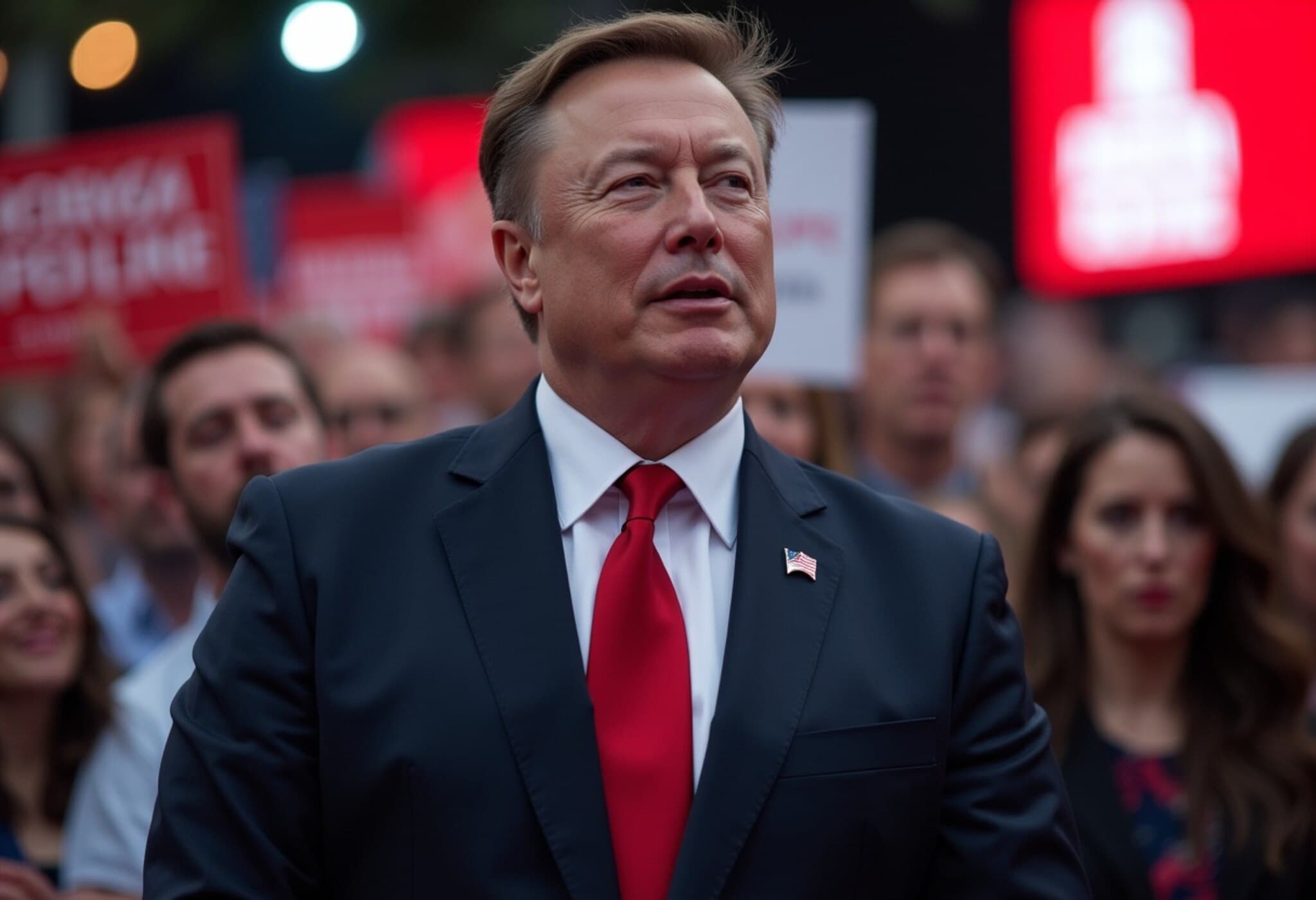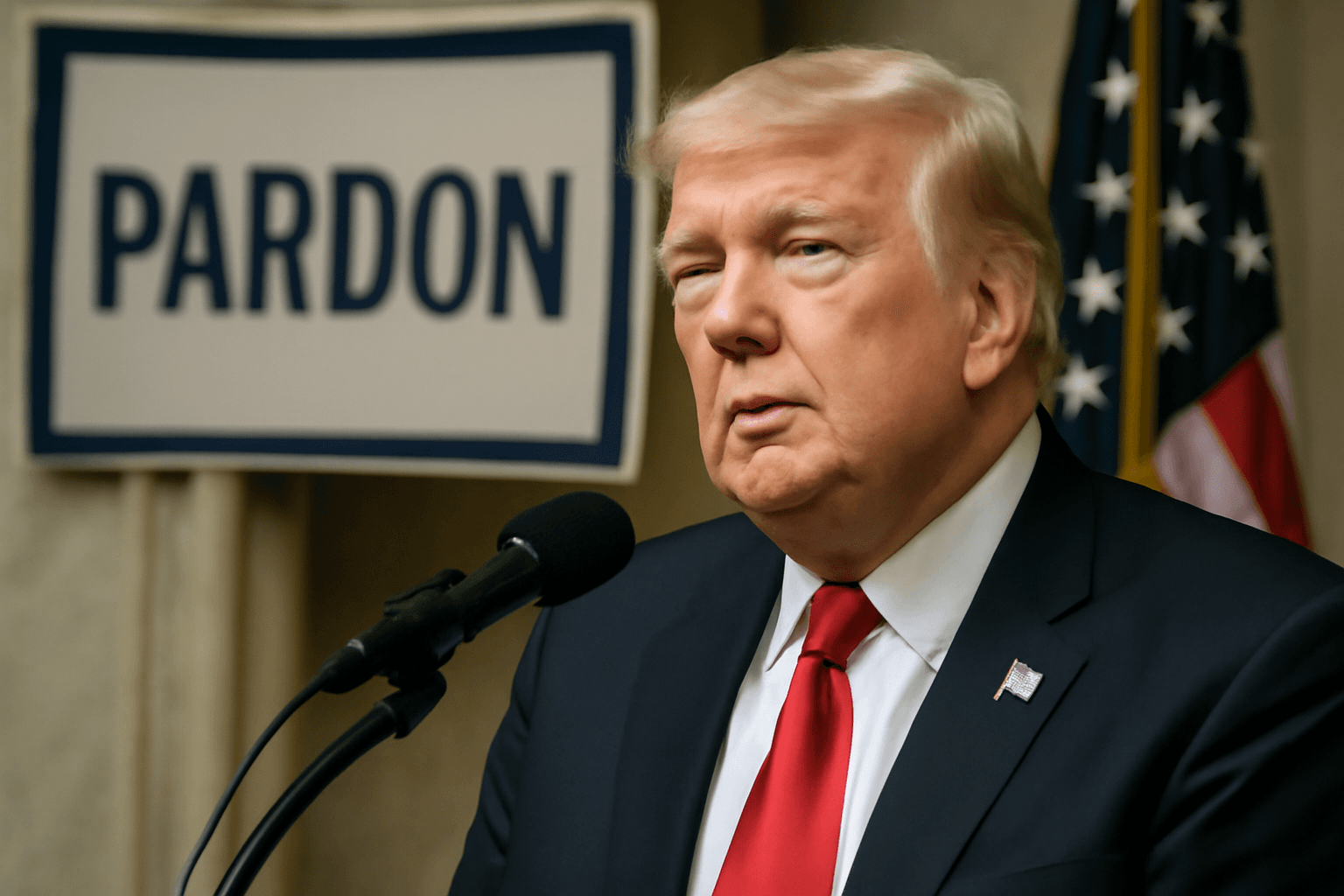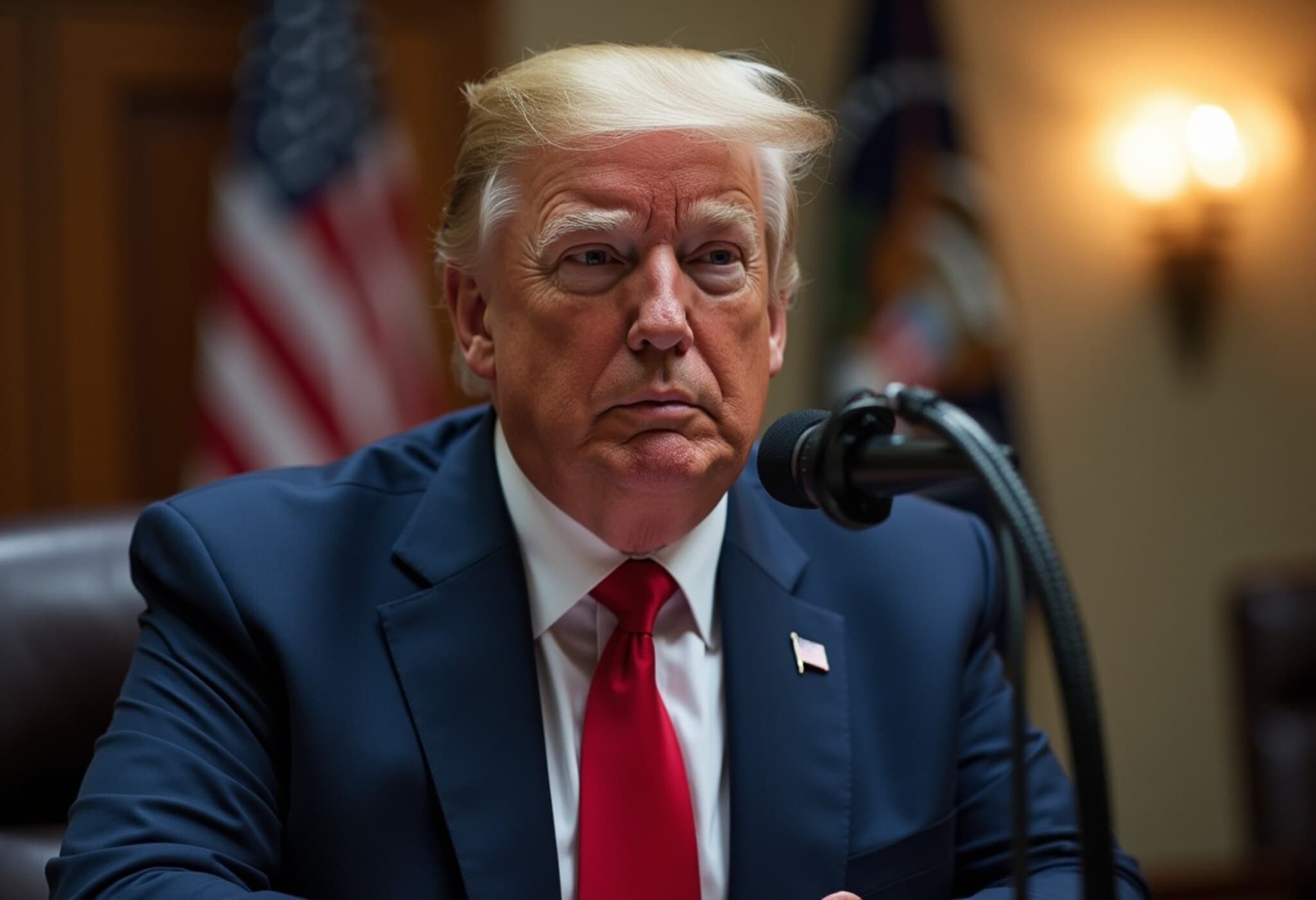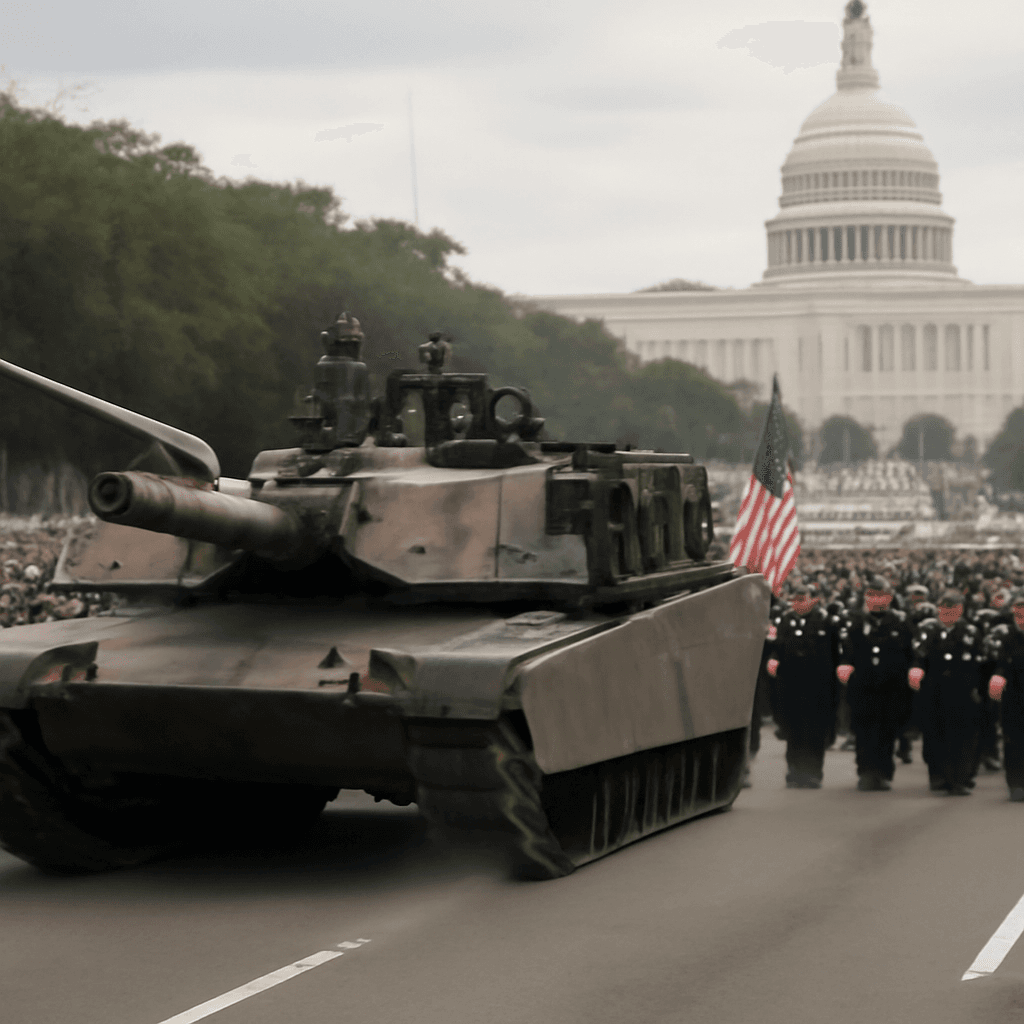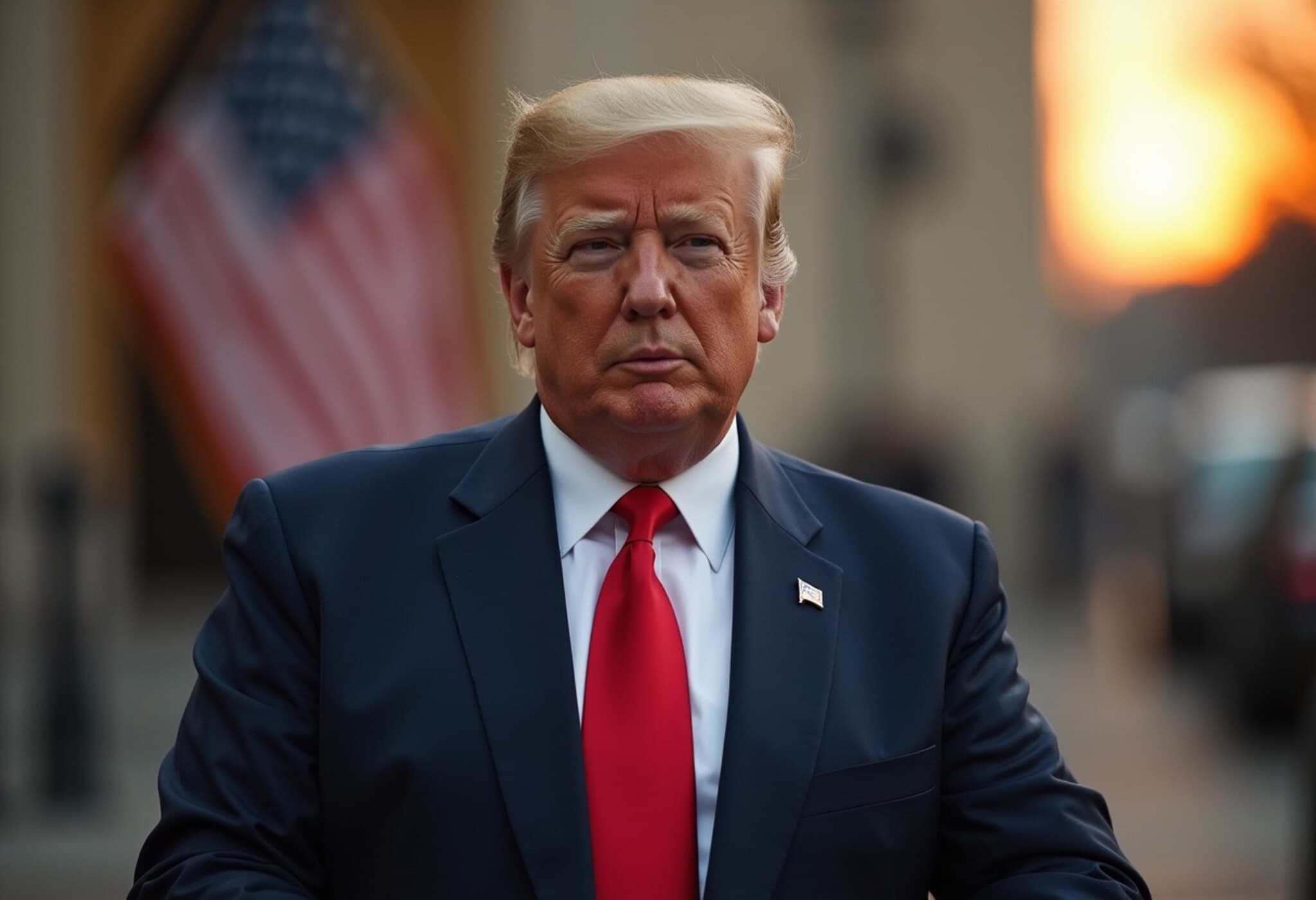US Appeals Court Backs Trump Administration in Media Access Dispute
In a significant and contentious ruling, a US federal appeals court in Washington, DC, has upheld the White House's authority to restrict the Associated Press (AP) from key press locations such as the Oval Office and Air Force One. This decision represents a temporary legal victory for former President Donald Trump, who has been engaged in an ongoing battle over media access controls within his administration.
Background: A Battle Over Press Access and Executive Orders
The root of this dispute lies in the White House's decision to exclude the AP from the rotating pool of journalists authorized to cover the president’s daily activities. According to administration officials, the move was partly motivated by AP's refusal to comply with Trump's controversial executive order renaming the "Gulf of Mexico" as the "Gulf of America," a change the AP declined to adopt in its style guide and reporting.
This conflict escalated into a broader debate about press freedom, journalistic independence, and government transparency. The AP filed a lawsuit in February, arguing that the White House's action constituted retaliation against a news agency for exercising editorial judgment—a fundamental element of free speech protected under the First Amendment.
Legal Proceedings and Judicial Responses
- In April, a federal district judge ordered the White House to restore AP’s full access.
- However, in June, a three-judge panel of the DC Circuit largely blocked that order, allowing the White House to continue restricting AP’s entry to certain critical spaces while still preserving its access to broader press events in locations such as the East Room.
- On July 22, the full appeals court declined to overturn the panel's decision, marking a setback for the AP but leaving the case unresolved.
The appeals court ruling was unanimous, with no recorded dissents among its eleven active judges. Interestingly, the court holds a majority of judges appointed by Democratic presidents, suggesting a complex judicial landscape ahead should the AP choose to escalate its fight to the US Supreme Court—where a conservative majority may view the balance of press rights and executive control differently.
Reactions: Press Freedom Advocates vs. Government Officials
Associated Press spokesperson Lauren Easton expressed disappointment, stating, "We remain focused on the strong district court opinion that supports free speech. The press and the public have a fundamental right to speak freely without government retaliation." She emphasized the AP's commitment to independent, factual, and nonpartisan reporting despite the administration's pressures.
On the other side, White House spokesperson Harrison Fields sharply criticized the AP’s stance, calling it "an embarrassment to journalism" and asserting that the Trump administration remains "the most accessible and transparent in history." Such rhetoric highlights the fraught relationship between this White House and mainstream media—a dynamic that has intensified mistrust and polarized public discourse around press rights.
Implications for American Media and Democracy
This legal battle underscores the ongoing tension between government control and media independence in the United States. When a president uses executive authority to limit press access based on editorial disagreement, it raises pressing questions about the health of democratic norms and the protection of constitutional freedoms.
Experts note that this case could set important precedents for how future administrations manage journalists covering the presidency. Restricting access not only affects the transparency of government operations but may also influence public trust in news reporting.
What Lies Ahead?
- The AP may seek review by the US Supreme Court, where the outcome could hinge on broader judicial philosophies regarding executive power and press freedom.
- Continued legal wrangling is expected, as the case touches upon complex First Amendment issues and executive discretion inside the White House.
- Media organizations nationwide will be closely watching the case, mindful of its potential to shape relations between the press and government in future administrations.
Editor’s Note
This dispute is more than just a tussle between a president and a news outlet—it reflects the delicate balance at the heart of American democracy. As governments worldwide grapple with controlling narratives and media scrutiny, this case serves as a pivotal moment to reaffirm the principles of free speech, journalistic independence, and transparent governance. Readers should consider: how far should executive authority extend in controlling press access? And what safeguards must exist to protect a free and independent press in the digital age?

